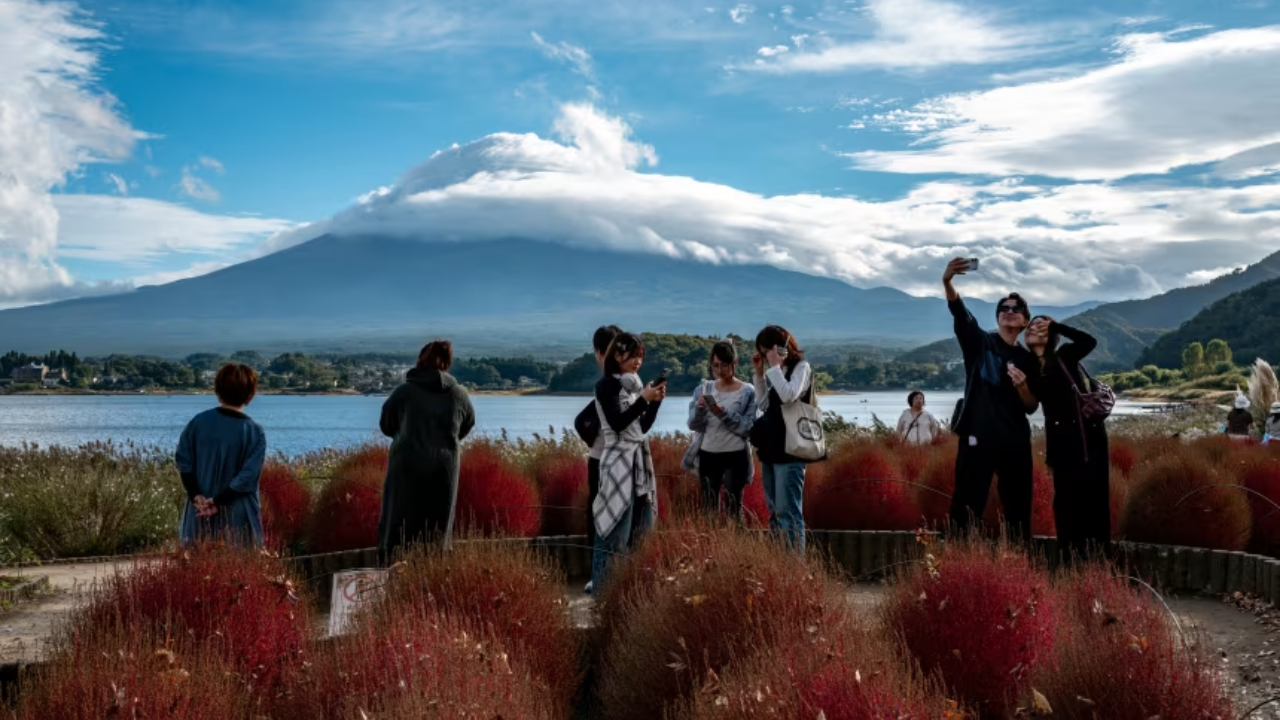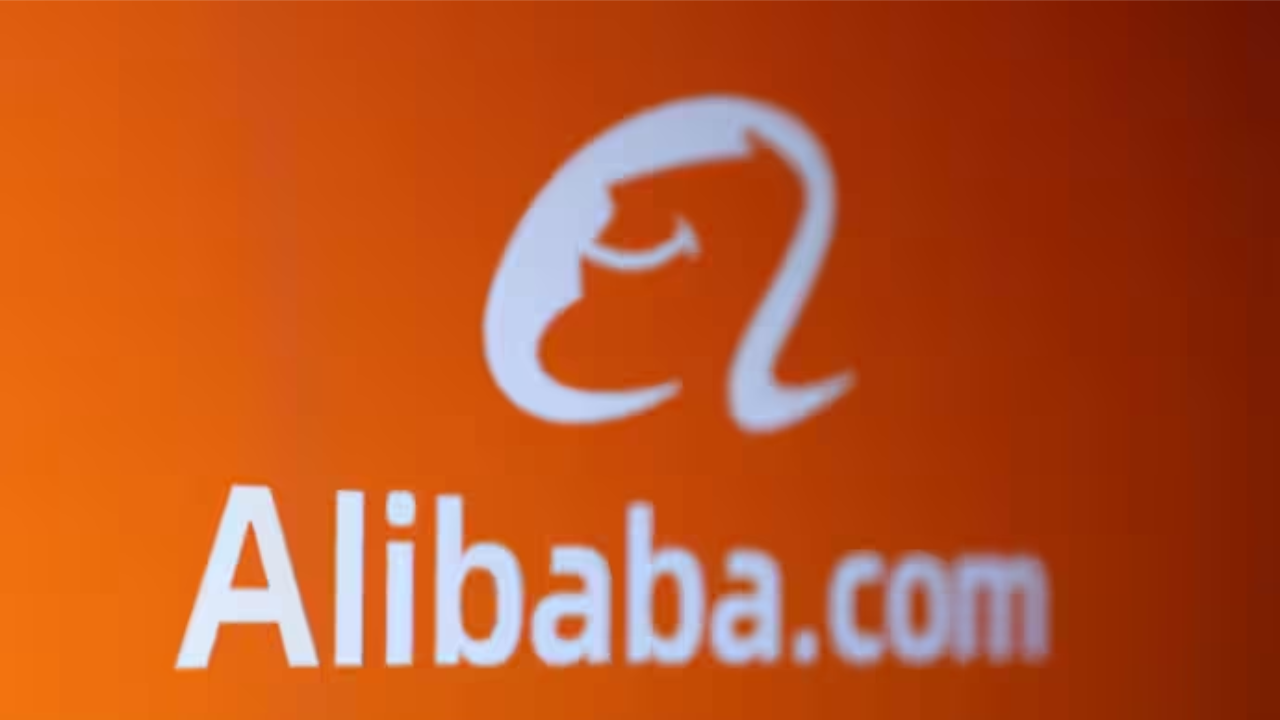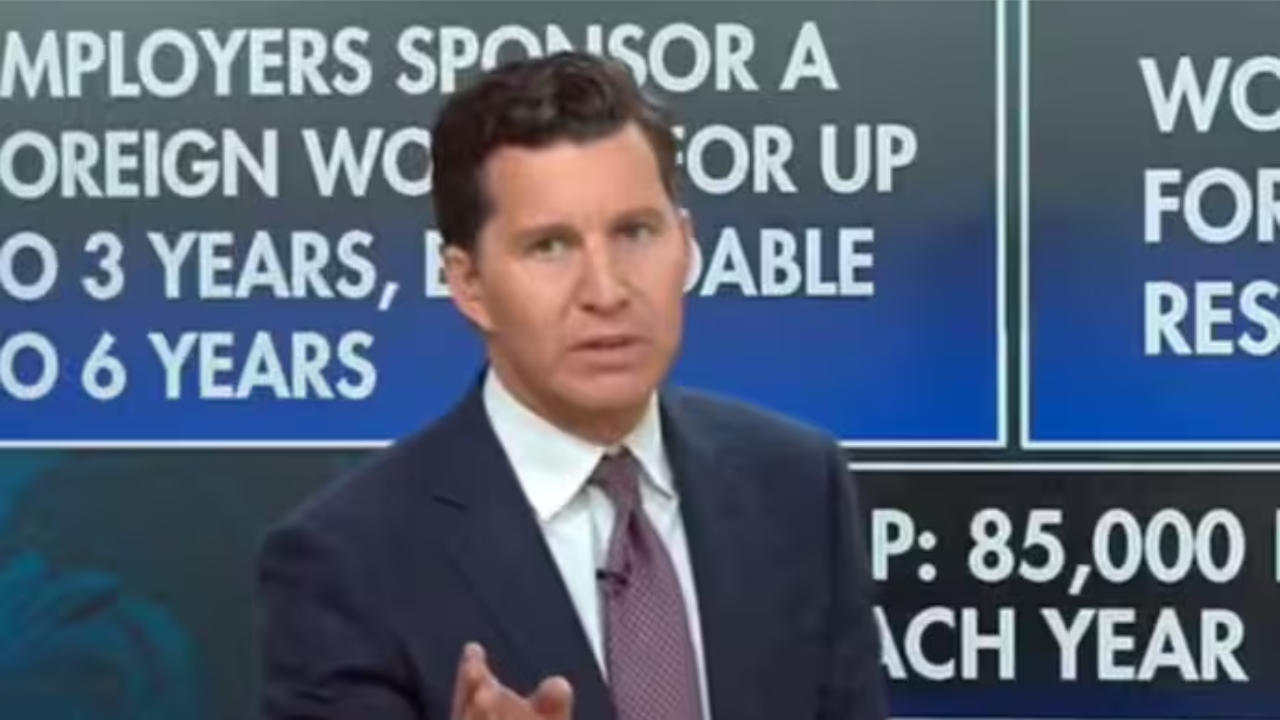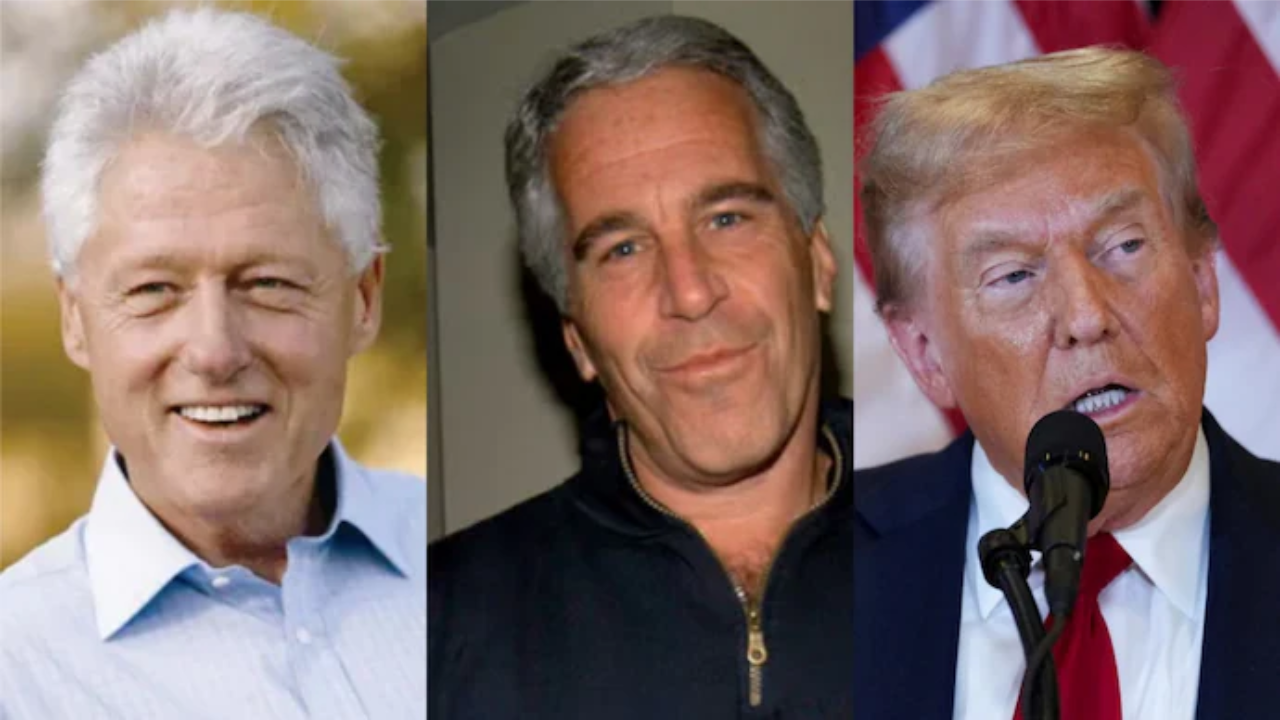The Income Tax Appellate Tribunal (ITAT), Mumbai, has delivered a significant victory to Aishwarya Rai Bachchan, overturning a hefty ₹4 crore tax disallowance related to her calculation of expenses on tax-exempt income.
The high-profile dispute hinged on the proper application of Section 14A of the Income-tax Act, which restricts taxpayers from claiming deductions for expenses incurred to earn tax-free (exempt) income.
The Core of the Conflict
- The Taxpayer’s Claim: For Assessment Year 2022-23, Ms. Rai Bachchan declared an exempt income of ₹2.14 crore and made a voluntary disallowance (suo-motu) of ₹49.08 lakh toward related expenses. She argued that no direct expenses were incurred to earn this income.
- The Tax Department’s Rejection: The Assessing Officer (AO) rejected her computation, instead invoking Rule 8D to determine a disallowance of ₹4.60 crore. This drastically increased her assessed income.
- The Key Discrepancy: Ms. Rai Bachchan’s total expenses for the year were only ₹2.48 crore, making the AO’s disallowance of ₹4.60 crore seem grossly disproportionate and unreasonable.
ITAT’s Verdict: Procedure Trumps Calculation
The ITAT dismissed the revenue’s appeal, ruling that the tax authorities failed to follow mandatory procedural requirements. The Tribunal’s decision emphasized two critical points:
- Mandatory Satisfaction: Citing the Supreme Court’s ruling in Maxopp Investments Ltd. Vs. CIT (2018), the ITAT stressed that the AO must first record explicit satisfaction explaining why the taxpayer’s own computation of disallowance is unacceptable before applying the formula prescribed under Rule 8D. The AO failed to do this.
- Unreasonable Disallowance: The Tribunal found the AO’s calculation flawed because it did not segregate only those investments that actually generated exempt income, as required. Moreover, a disallowance of ₹4.60 crore was deemed illogical when the taxpayer’s entire P&L expenses were only ₹2.48 crore.
ITAT Judgement: The Tribunal concluded that the disallowance made by the AO over and above the taxpayer’s suo-moto disallowance was “without any basis and deserves to be deleted.”
This ruling is a significant win not just for Aishwarya Rai Bachchan, but also for procedural fairness in tax assessments, reinforcing that tax authorities must adhere to statutory steps before applying the strict formula of Rule 8D.
Would you like me to focus on a specific aspect of this case, such as explaining the concept of Section 14A for non-finance readers?


















It is reserve, neither it is more, nor it is less
——
https://the.hosting/de/help/kak-ustanovit-avidemux-v-ubuntu